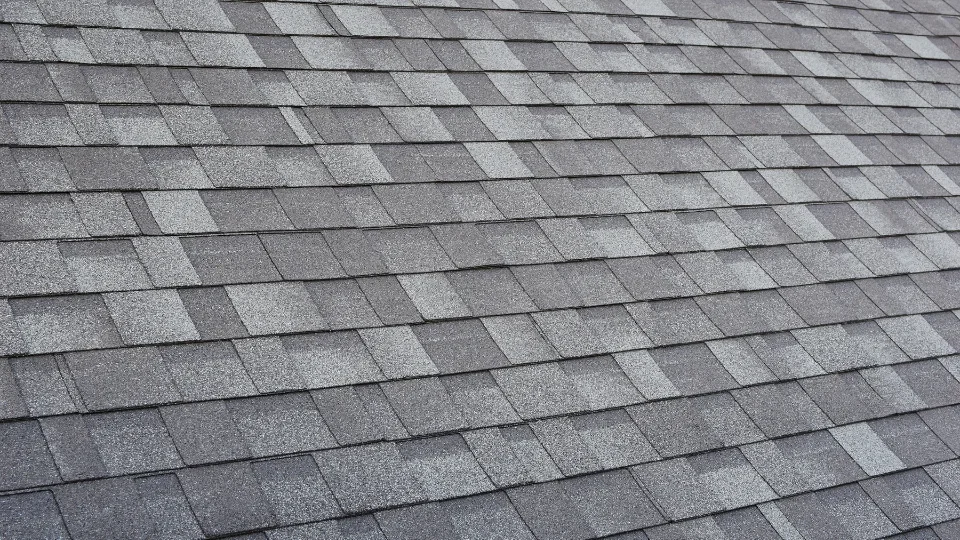Home exteriors are evolving fast, and 2025 brings a new wave of products that look better, last longer, and boost overall home value. Homeowners want materials that stand up to tough weather, improve efficiency, and require less upkeep, and the latest roofing and siding trends do exactly that. At Signature Exteriors, we watch these shifts closely so homeowners can make informed choices that protect their investment.
Here are the top roofing and siding trends shaping homes in 2025.
High Performance Asphalt Shingles
Asphalt shingles continue to dominate, but 2025 models offer stronger impact resistance, higher wind ratings, and better UV protection. Manufacturers are also refining styles so shingles mimic the look of wood shake or slate without the cost or maintenance. With more storms hitting residential areas, durability is a top priority this year.
Metal Roofing Gains Momentum
Metal roofing is growing fast thanks to its lifespan, clean appearance, and energy efficiency. New colors and matte finishes give homeowners more design control, while improved coatings increase corrosion resistance. Many homeowners are choosing metal to reduce long term maintenance and boost resale value.
Solar Ready Roofing Systems
Solar integration is becoming easier. Shingle compatible solar products and low profile panel mounts allow roofs to stay clean and cohesive. Homeowners want renewable energy without sacrificing curb appeal, and roofing manufacturers are responding with options designed for seamless installation.
Energy Efficient Siding Materials
More homeowners are upgrading siding to improve insulation and lower utility costs. In 2025, insulated vinyl, engineered wood, and fiber cement continue to lead, offering strength, noise reduction, and better energy performance. These materials help stabilize indoor temperatures year round while boosting exterior style.
Bolder Colors and Textures
Color trends are shifting from traditional neutrals to richer tones. Deep greens, slate blues, charcoal blacks, and warm earthy shades are gaining traction. Homeowners also want texture, from shake style panels to wide board designs that create a more modern look.
Low Maintenance, High Durability Options
Busy homeowners want materials that hold up with minimal upkeep. Fiber cement and engineered wood offer the appearance of natural materials without the fading, warping, or heavy maintenance that usually comes with them. Roofing and siding products designed to resist moisture, mold, pests, and fire are in high demand for 2025.
Smart Home Ready Exteriors
Smart home features are moving outdoors. Roofing systems now offer sensors that track moisture and temperature changes, helping homeowners spot issues early. Siding manufacturers are working on coatings that stay cleaner longer and signal when maintenance is needed. These upgrades help homeowners protect their investment with less guesswork.
Eco Friendly Materials and Recycling Efforts
Sustainability is becoming a main factor in exterior upgrades. Recyclable shingles, low waste installation systems, and eco friendly siding materials are gaining popularity. Many manufacturers now prioritize reduced environmental impact without compromising strength or style.
Upgrade Your Home With Signature Exteriors
The roofing and siding trends of 2025 focus on strength, curb appeal, and long term value. Whether you want a more efficient home, a fresh new look, or materials built to withstand harsh weather, Signature Exteriors can guide you through the best options for your property.
If you are planning a roofing or siding project this year, contact Signature Exteriors to schedule a consultation and explore the latest innovations for your home.





